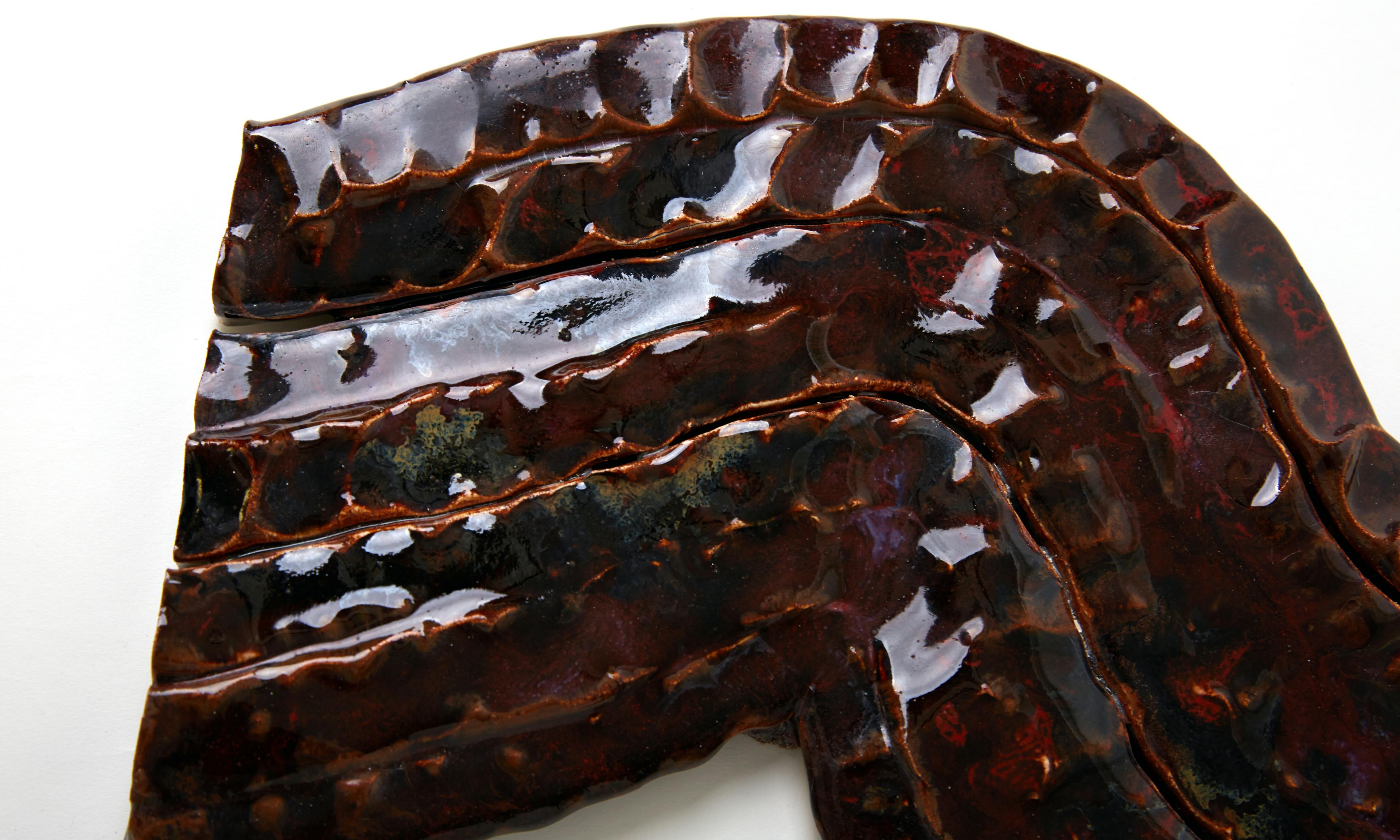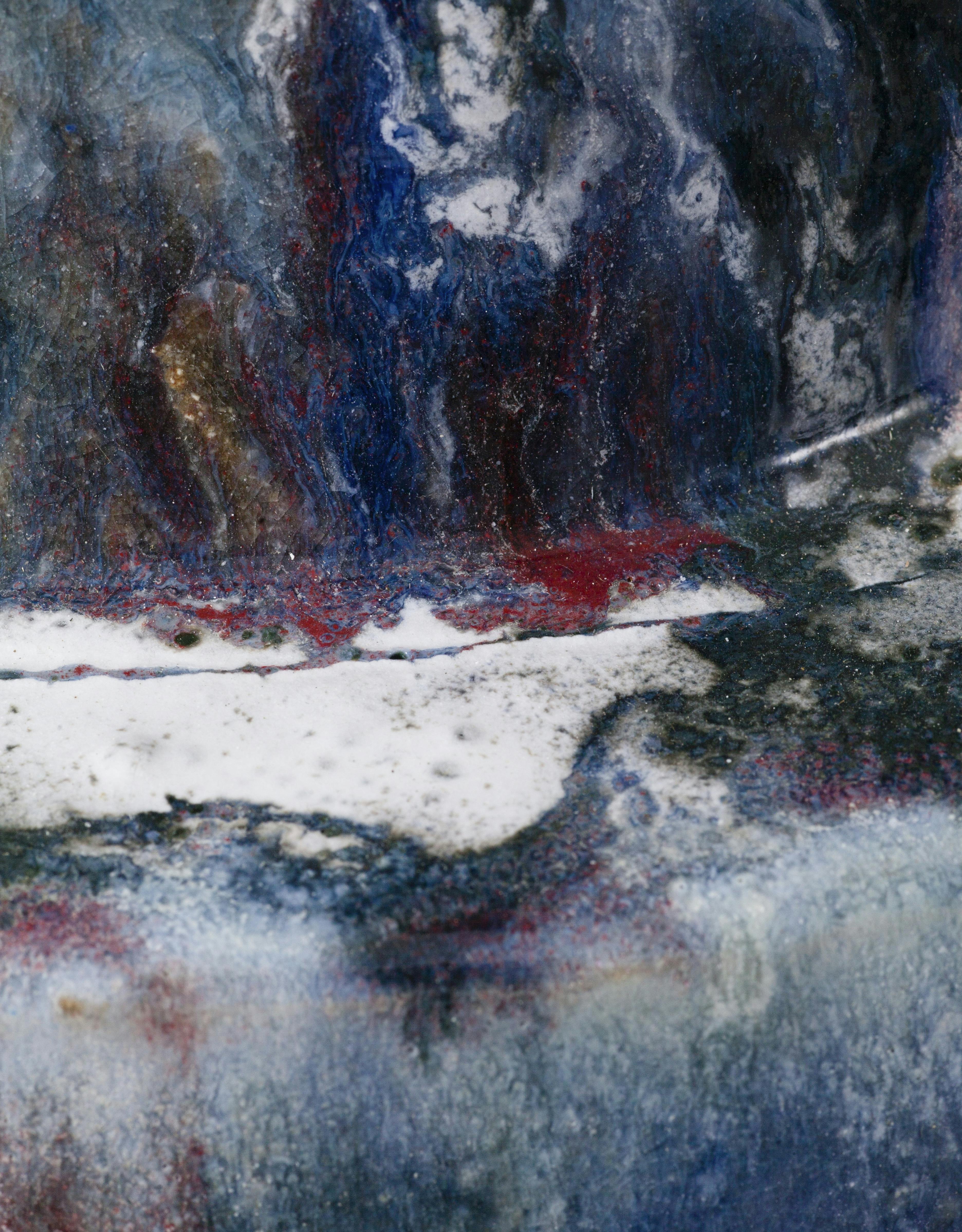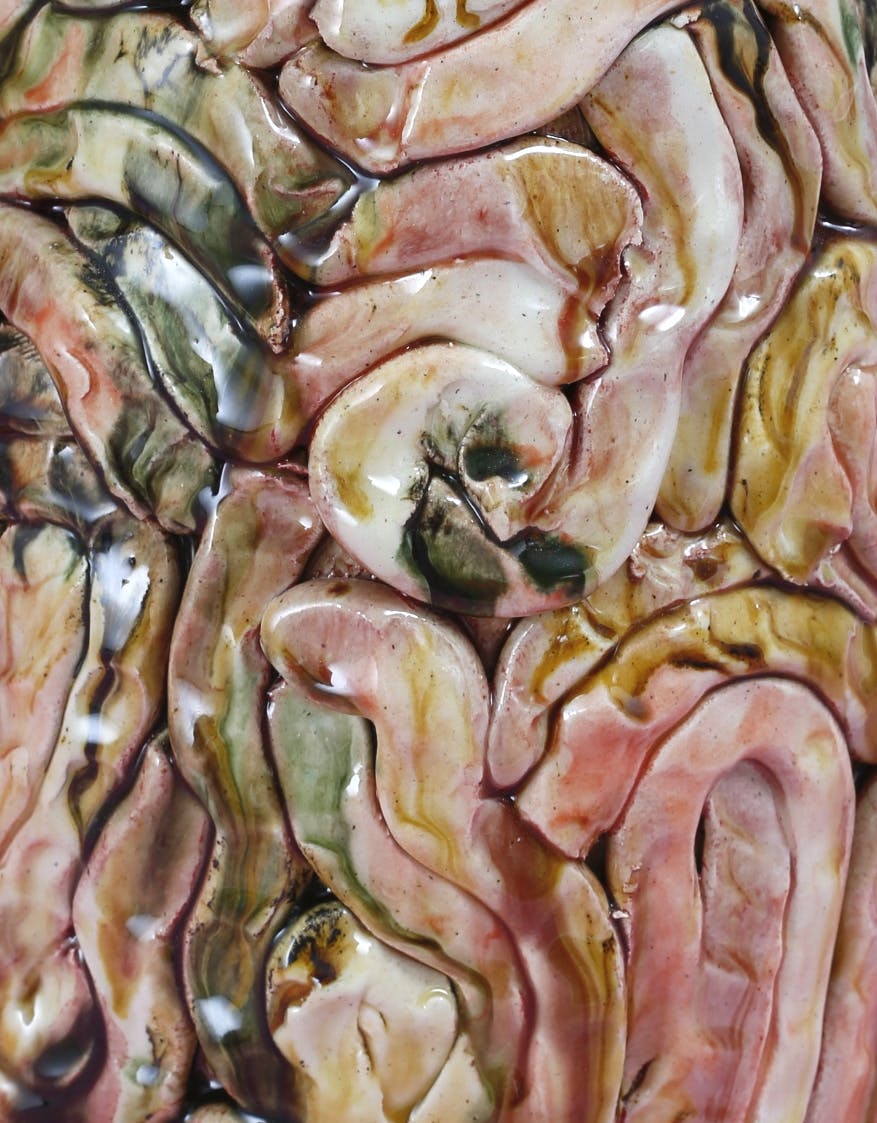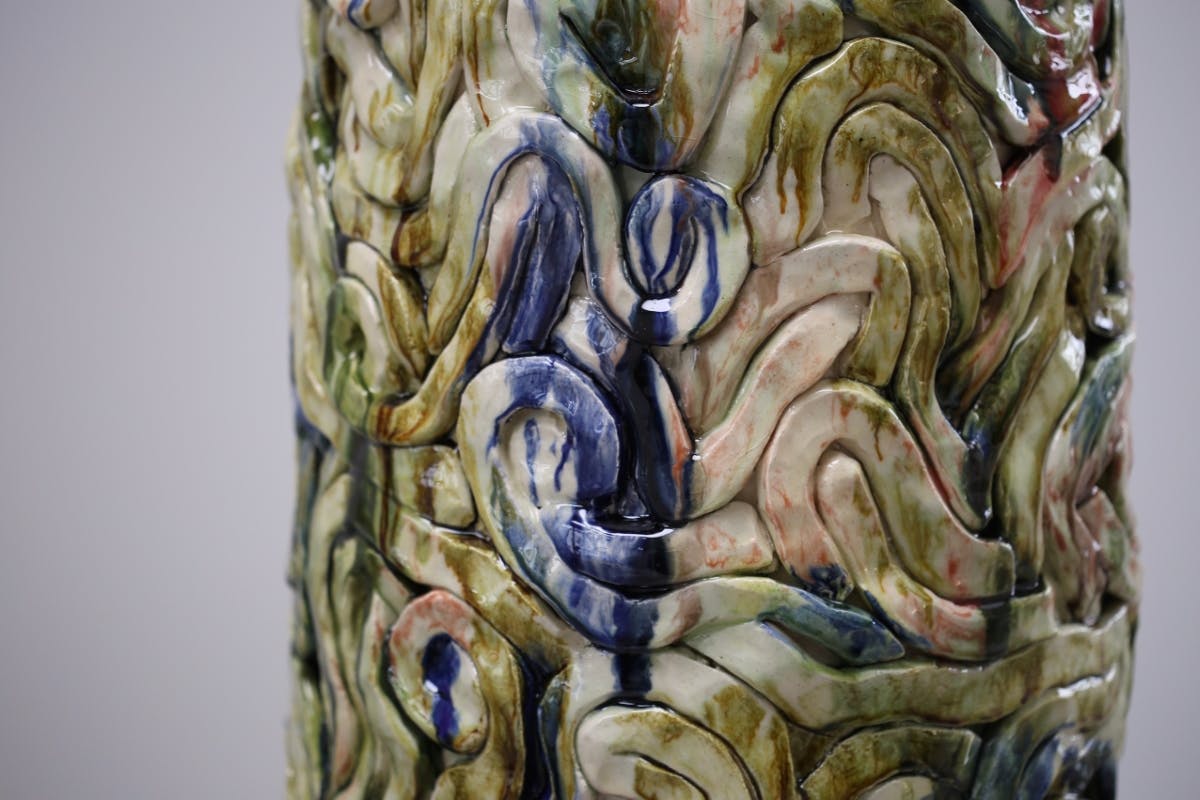
What is a Ceramic Glaze?
Glaze is Glass!
Literally!
It might seem too simple, yet, in fact, it is rather complex. Ceramic glazes are combinations of fused materials that create a coating on the surface of ceramic ware. They are responsible for sealing the surface and rendering it watertight, as well as other properties such as colour and surface.
Ceramic glazes consist of numbers of ingredients, but at their basis lie oxides such as Silicon Dioxide, Aluminum Oxide, a variety of fluxing oxides, as well as colorants and modifiers.
There is an endless variety of glazes as well as ways to classify them:
– by temperature (stoneware, earthenware)
– type of firing/atmosphere (electric kiln neutral atmosphere, reduction atmosphere, wood firing)
– surface quality (glossy, transparent, opaque, matte, etc.)
– application method (dipping glaze vs. brush-on glaze)
– chemistry
– type/style/tradition (tenmoku, celadon glaze, chun, majolica, etc.)


Glaze Chemistry
In brief the fundamental components of glaze chemistry include oxides, which play a crucial role in determining the glaze's colour, texture, and other properties. Common oxides found in glazes include Silicon Dioxide, Aluminum Oxide, and various fluxing oxides, each contributing distinct characteristics to the final product.
To create a stable and effective glaze, potters carefully balance the ratios of these components. Silicon Dioxide acts as a glass former, contributing to the glaze's overall structure, while fluxing oxides, such as sodium or potassium oxide, lower the melting point, aiding in the fusion of the glaze during firing.
Additionally, colorants like metal oxides are introduced to achieve specific colours in the glaze. Understanding the chemistry behind these interactions enables potters to manipulate glaze formulas, resulting in a wide range of visual effects and surface qualities in finished ceramic pieces.

The application method also plays a crucial role in the outcome of ceramic glazes. Whether a glaze is dipped, brushed, sprayed, or poured onto the ceramic surface can affect its thickness, uniformity, and visual texture. Furthermore, the composition of the glaze itself, including the ratio of oxides and other components, greatly influences the final result.
Changes in the glaze recipe, even small adjustments to the amounts of individual ingredients, can lead to significant variations in colour, surface quality, and overall appearance. The interplay of these factors provides ceramic artists with a broad spectrum of creative possibilities but also requires a deep understanding of the intricate relationships within ceramic glaze chemistry and firing processes.
Recommended sources :
Ceramic Glazes Digitalfire
Glaze Composition
Royal Society of Chemistry